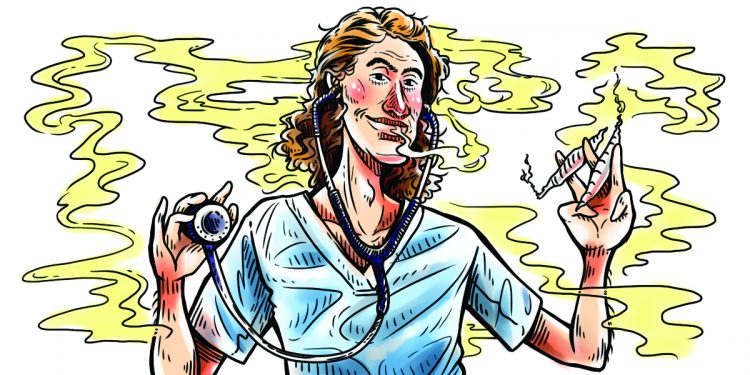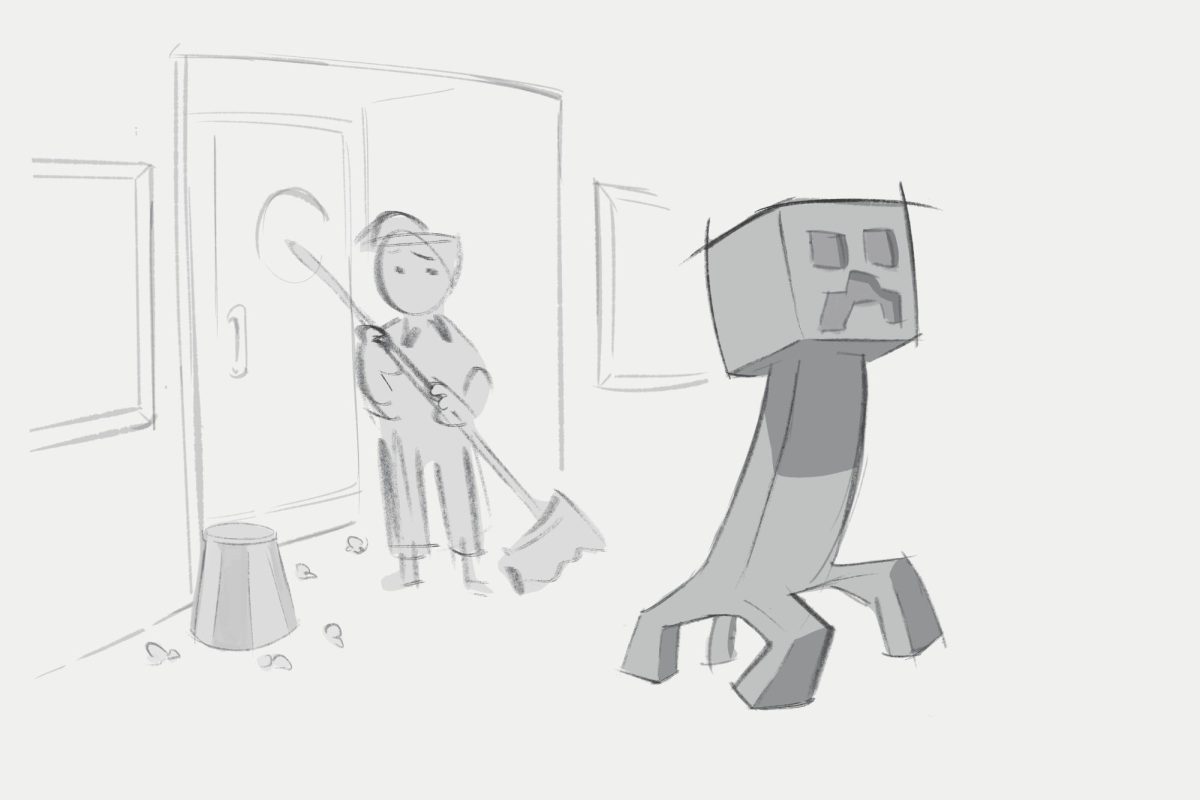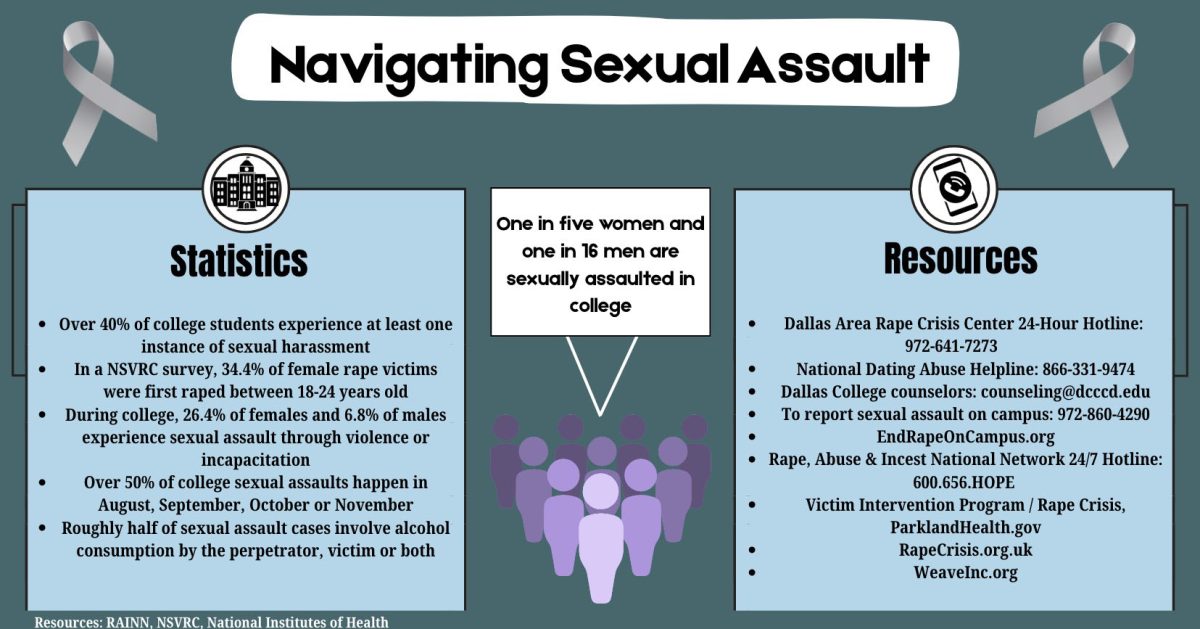Dr. Dank describes the process and protocols of recreational marijuana dispensaries in Colorado.
By Dr. Dank
Dope Columnist

There are more states in the U.S. with some form of legal marijuana, whether medical or recreational, than states without.
Twenty-nine states and Washington D.C., now have laws legalizing the plant in some way, according to procon.com.
This summer, I had the pleasure of spending a week in Colorado. Recreational use of marijuana became legal in the state in 2014, according to HuffPost. I visited three dispensaries – Native Roots, Terapin and Green Solution. The process of buying legal marijuana in Colorado is more efficient and safer than buying the herb illegally elsewhere.
However, purchasing legal weed tends to confuse those who are not familiar with buying it legally. According to The Atlantic, Alex Reyes, a marijuana industry worker, said the way people act when coming into a dispensary for the first time depends on the social norms of their home state.
“A lot of Texans, they’re like, ‘Can I come in?’” Reyes told The Atlantic.
A marijuana dispensary is where recreational and medical cannabis is sold. Anyone 21 years and older enter the dispensary after an ID check. Once approved, visitors may enter the recreational side of the building.
If they have a medical marijuana card, also called an MMJ Red Card, they may enter the medical side of the building. Without a Red Card, users cannot access the medical side. If a medical user discloses what they are buying is for someone else, the dispensary is obligated to refuse the sale.
Medical marijuana is the use of the unprocessed plant, without chemicals, to treat and relieve a user’s symptoms.
Everything is kept behind a counter. The cannabis buds, which are typically smoked, are kept in labeled jars with the strains’ names, tetrahydrocannabinol and cannabidiol content and strain type.
These types include sativa, indica and hybrids. Sativa strains make the user feel alert and cause sporadic thoughts or in-depth conversations about the meaning of life, according to medicaljane. com. Indica is used for chronic pain, muscle spasms, anxiety, nausea and sleep deprivation. A hybrid is a combination of the two.
Besides the cannabis flower, most dispensaries carry a wide array of edibles and concentrates. Edibles are food products made with cannabis concentrates that are extracted from the flower, creating a much more potent product, according to medicaljane.com.
The budtender, someone who hand-dispenses the marijuana, accompanies visitors throughout the experience and can answer any questions about products.
They know the flavor and potency of each product. Customers are given descriptions of a product’s effects and uses, and are able to smell different strains. The budtender then weighs the cannabis out for purchase.
EDITOR’S NOTE
Dr. Dank is not a real doctor. It is the pseudonym chosen to protect the identity of the author of the column. The Courier does not advocate the use of marijuana or any illegal substance. Under current state law, possession is illegal in Texas and punishable with prison time and fines.






